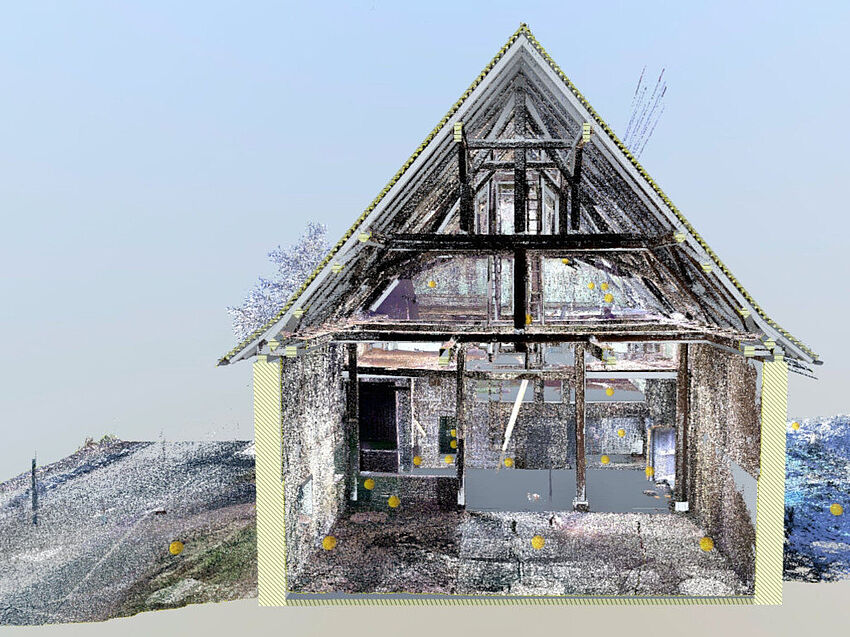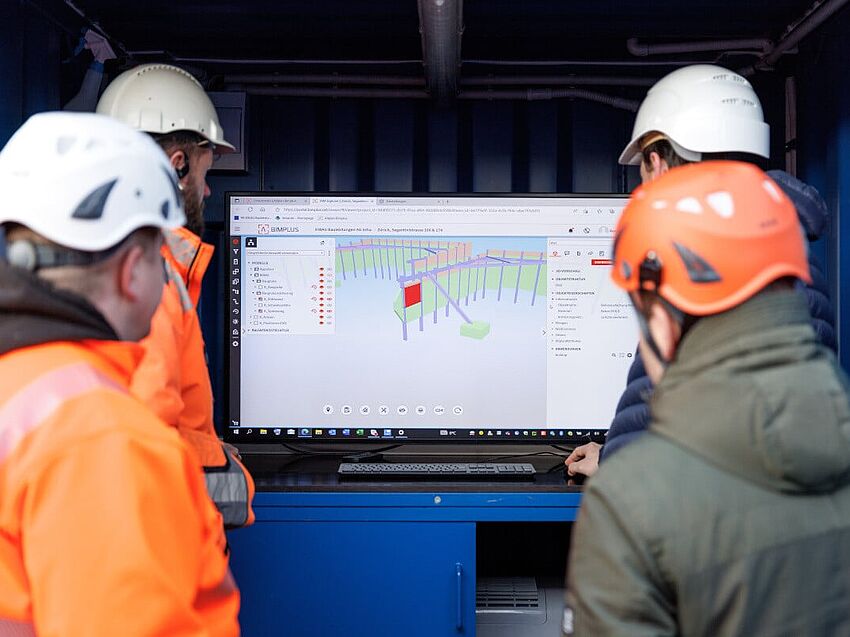As construction projects become more complex, architects and engineers are increasingly being required to provide a transparent service for their clients and maintain a complete overview of the project. In addition, BIM Level 3 – a fully collaborative working environment – will soon start to be the required method of delivering projects.
The only way to achieve this is through the cross-platform exchange of data between all parties, so everyone has access to the most up-to-date information. However, the wide range of 3D CAD programs and BIM software available makes this harder to achieve, as each different program essentially speaks a different language. That’s where openBIM can help.
A Common Digital Language with openBIM
OpenBIM was developed to allow different BIM software solutions to speak to each other, using data exchange interfaces such as the Industry Foundation Classes (IFC) format. The IFC format creates a uniform “language” that allows different BIM software and programs to exchange building related data. However, creating and sharing BIM models is just the first step in the BIM journey.
Enabling Collaboration
A cloud-based BIM collaboration platform is the technological basis for BIM Level 3, providing a central data management environment where all the project information is collated, managed, evaluated, and shared. Many of the communication processes that are typically used in construction – such as emails, for example – can be significantly improved by using a model-based working method (BIM). Moving to this way of working provides a secure and transparent method of communicating and sharing information.
However, interoperability between software solutions remains a challenge – construction and BIM software programs are starting to learn each other’s language but aren’t quite native speakers yet. As openBIM continues to evolve and become commonplace in projects, it will enable the interoperability of all people and systems over the entire life cycle of a building or project. It will also ensure that data can still be read for a long period of time after the completion of the project, allowing facilities management and future refurbishment or renewal plans to benefit from all the information contained within the BIM model.
Integrating Workflows – The Next Step
Every project team member should be able to use the software that best suits the needs of their area of expertise, but still be able to share that information reliably with other members. Access to this information also needs to be as simple and direct as possible. ALLPLAN Bimplus was developed to address these challenges.
Bimplus can establish a link between any BIM tool and program used over the building lifecycle. For example, rather than saving a model in the 3D CAD software program it was designed in and then uploading a reference model to a common data environment (CDE) or data management platform, Bimplus allows the reference models to be shared and managed in a cloud-based database. Even non-BIM software such as Microsoft Excel, GIS Services or the Microsoft Hololens can be linked to Bimplus. With this approach, the best software for each activity can be used regardless of who the manufacturer is, for more effective working. Workflows become more streamlined and all the information required can be accessed online from anywhere. It also serves to keep the ownership of the information with the author, rather than the software manufacturer.
OpenBIM and The Journey to BIM Level 3
A common digital language is the key to better collaboration, cooperation, and ultimately, better projects. Ensuring that your software supports the Bimplus API is the first step on the journey towards BIM Level 3. To learn more about openBIM, download our white paper: openBIM as the Future Standard for Digital Data Exchange. Or if you are already implementing BIM and want to learn how to optimize your BIM processes, consider reading our white paper: Making BIM Work Better With Processes, Data and Tools.




